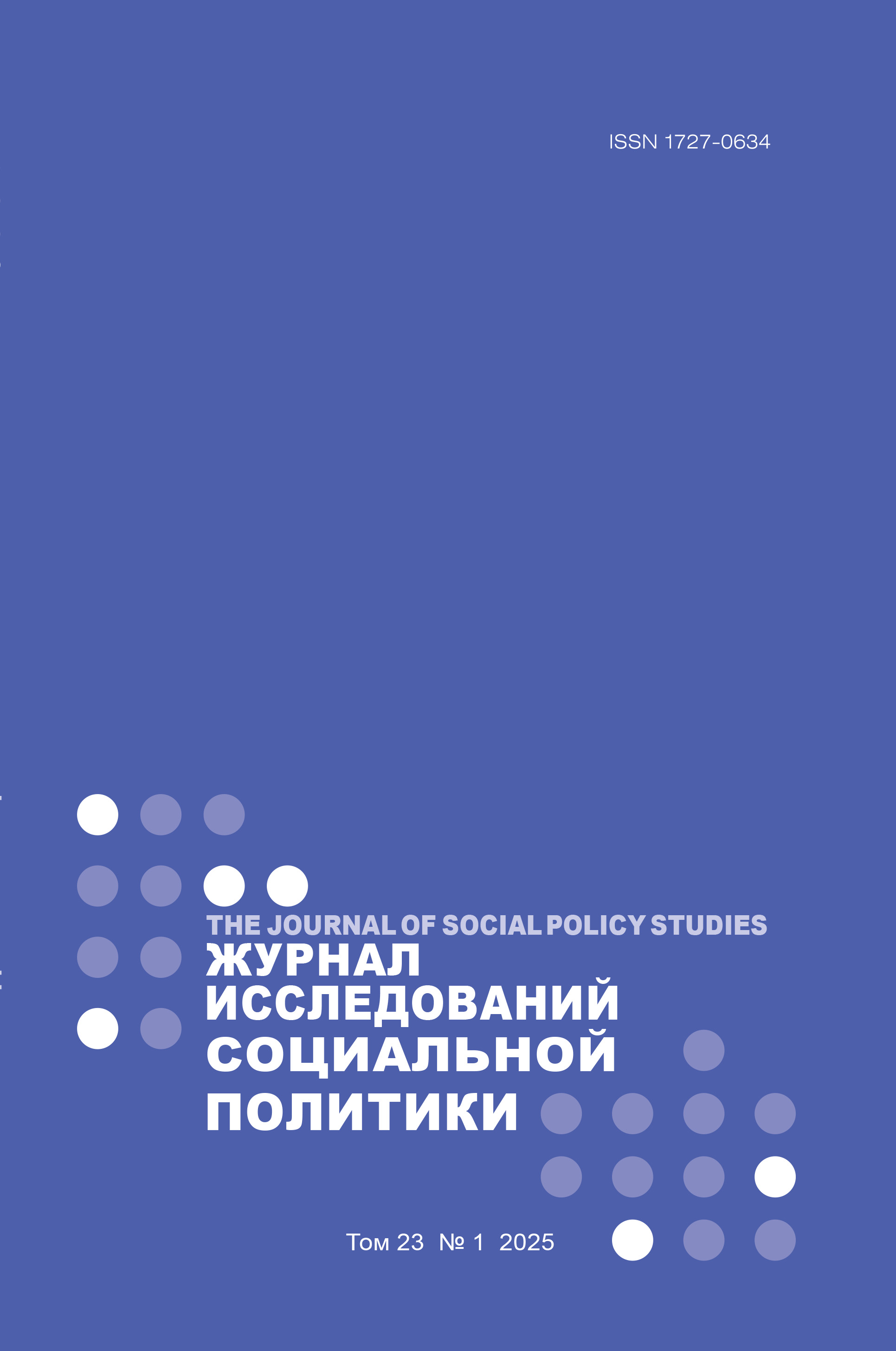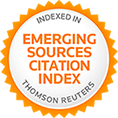The Role of Private Transfers in Supporting Families with Minor Children as a Group at Increased Risk of Poverty
Abstract
Reducing poverty is one of the most important national tasks in modern Russia. One of the key factors that determine the risk of poverty in Russia is having minor children. Households with children under the age of 18 make up the majority of those living in poverty in Russia. This study examines the characteristics of Russian households with children involved in the exchange of private transfers. In addition, the paper assesses the relationship between public and private transfers for households with children. The study was based on data from 2023 Statistical Survey of Income and Participation in Social Programs (VNDN 2023), as well as data from the All-Russian Censuses of 2010 and 2020, and the 1994 and 2015 micro-censuses of the population of Russia. The study showed that households with children under 18 are the most frequent recipients of private transfers. For low-income households, the amount of private transfers received is negatively related to the amount of social transfers received. For higher income households, however, the direction of the relationship is reversed – the amount of private transfers received is positively related to the amount of social transfers received.















